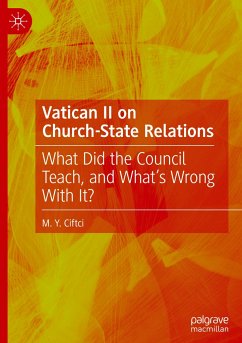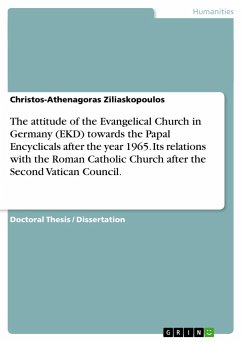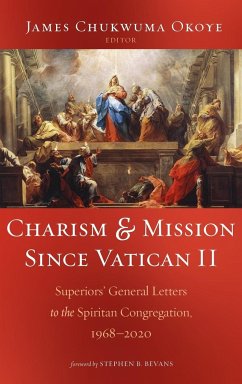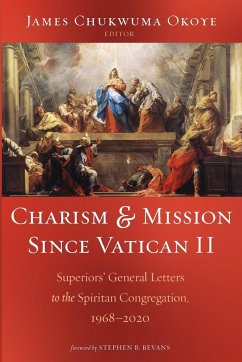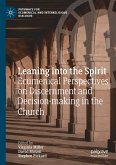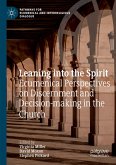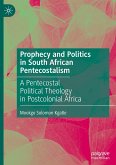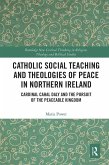Should religion and politics be kept apart? What should be the relationship between the church and the state? M.Y. Ciftci answers these questions by studying the most important event in the recent history of the Catholic Church: The Second Vatican Council (1962-65).
The book provides a new interpretation of the Council's teaching on church-state relations to better appreciate its flaws and need for reform. By paying attention to the (often overlooked) importance given by the Council to the lay apostolate, it reveals how the Council did not reform, as is often thought, but retained a flawed conception of the laity's role in politics.
It then proposes a new framework for understanding church-state relations using the ressourcement method of returning to scripture and tradition, and by a critical dialogue with Oliver O'Donovan and various Protestant biblical scholars of the Powers in the New Testament. Ciftci shows how fruitful an self-consciously ecumenical approach can be for political theology. As most ressourcement theologians have overlooked political issues, and since ecumenical theology rarely touches on issues of church-state relations, this work makes an original contribution to the ressourcement project and to ecumenism.
The book provides a new interpretation of the Council's teaching on church-state relations to better appreciate its flaws and need for reform. By paying attention to the (often overlooked) importance given by the Council to the lay apostolate, it reveals how the Council did not reform, as is often thought, but retained a flawed conception of the laity's role in politics.
It then proposes a new framework for understanding church-state relations using the ressourcement method of returning to scripture and tradition, and by a critical dialogue with Oliver O'Donovan and various Protestant biblical scholars of the Powers in the New Testament. Ciftci shows how fruitful an self-consciously ecumenical approach can be for political theology. As most ressourcement theologians have overlooked political issues, and since ecumenical theology rarely touches on issues of church-state relations, this work makes an original contribution to the ressourcement project and to ecumenism.

